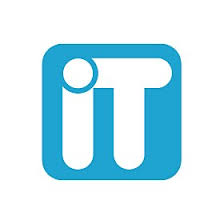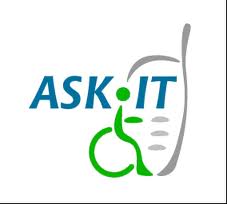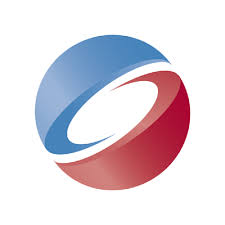Categories
Members area
MS Exchange Server 2010
Microsoft Exchange Server 2010 - Installation/Configuration
Posted on 18. Sep, 2014 by Sara
In this example we are going to install Exchange 2010 on a Windows Server 2008 R2 operating system. Before installing Exchange we need to install some Windows components. It's important that you don't miss anything here because the Exchange 2010 installer does not provide very good feedback if Server 2008 R2 is missing required components.
Now we're ready to run the Exchange 2010 installer. We'll go through a typical installation that includes the Client Access, Hub Transport, and Mailbox roles. This is what you will want to install if you are only going to be running one Exchange server. If you scale out your Exchange architecture with multiple servers then you will want to familiarize yourself with the Exchange server roles for a proper deployment. Logon to the desktop of your soon to be Exchange server with a Domain Admin account. Run setup from the Exchange 2010 media. Click on "Step 3: Choose Exchange language option" and choose one of the options (Install only languages from the DVD will be fine in most cases). Click on "Step 4: Install Microsoft Exchange." Click Next at the Introduction page. Accept the license terms and click Next. Make a selection on the Error Reporting page and click Next.
Stick with the default "Typical Exchange Server Installation" and click Next. Choose a name for your Exchange Organization and click Next. Make a selection on the Client Settings page and click Next. If you want your Exchange server to be available externally then choose a domain name such as mail.myorganization.com, click Next. Make a selection on the Customer Experience Improvement Program page and click Next. If all the prerequisites are there then you can click Install. Grab a cup of coffee or take a walk while the installation process does its thing. When the installation has finished go back to the Exchange installation page click on "Step 5: Get critical updates for Microsoft Exchange." Install Microsoft Update (if necessary) so that Windows update will check for non-OS updates, and verify that there are no Exchange updates.
3 Responses
erwin Says:
April 20th, 2009 at 3:21 pm
You saved my life Sara, thank you. By the way do you really ne a primary domain controller in this scenario?
admin Says:
April 20th, 2009 at 2:17 pm
@erwin: you can always install it on a stand alone server, no need for a domain controller.







admin Says:
October 20th, 2014 at 2:17 pm
Great tutorial! Thumbs up and thanks.